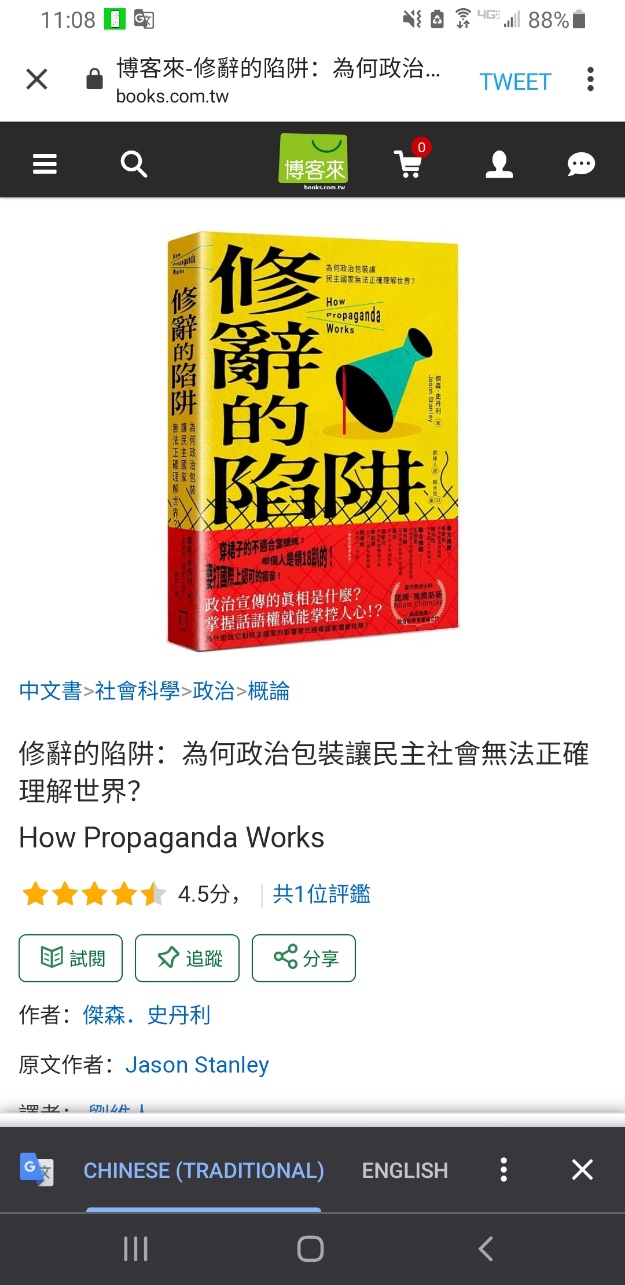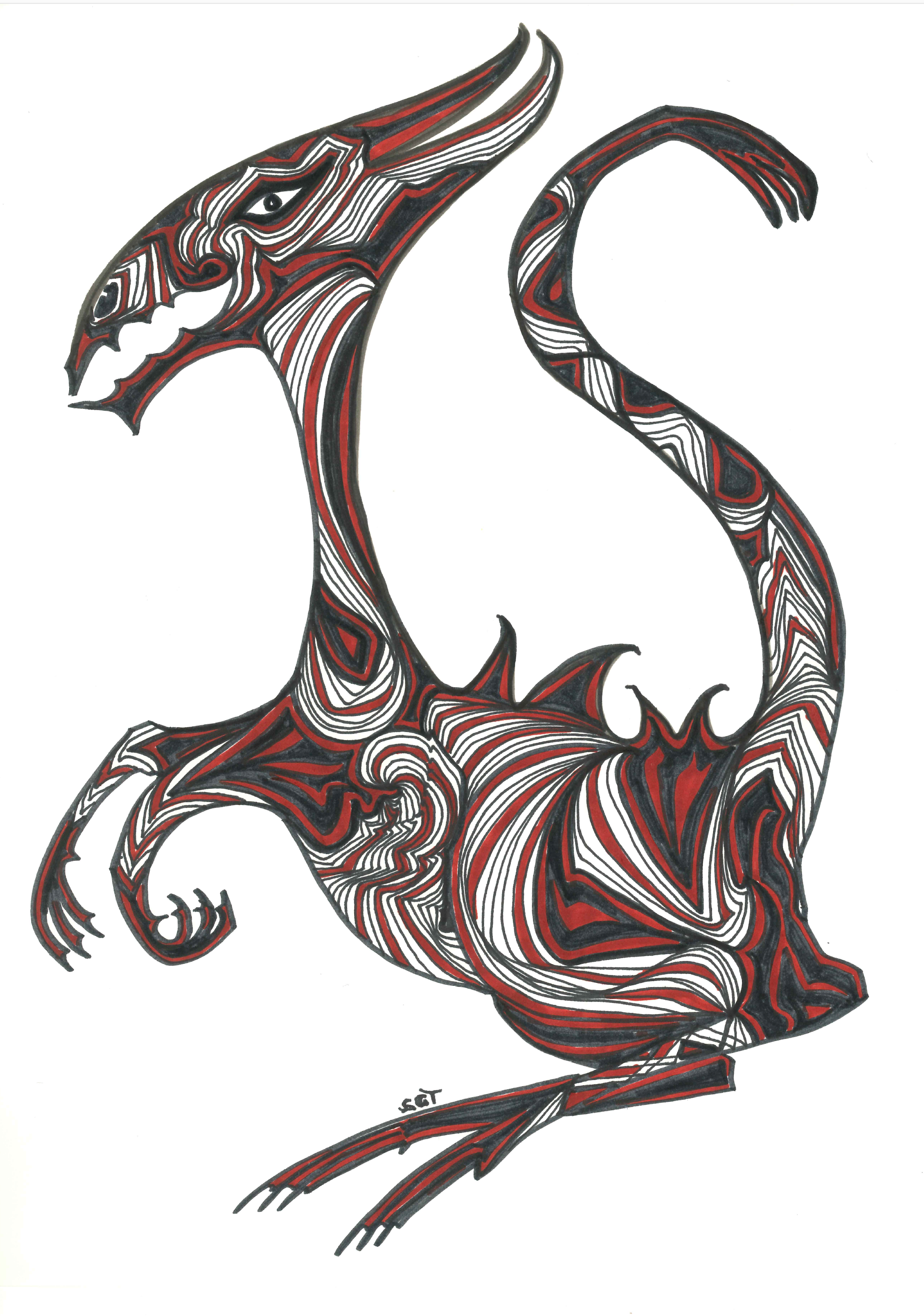Xiongnu (Hunnic) Shanyu
One of the most hotly debated questions in early Chinese studies is the origin and pronunciation of the title of the ruler of the Xiongnu (Huns), which is written with these two Sinographs, 單于. The current scholarly consensus is that the Modern Standard Mandarin (MSM) pronunciation should be chányú. Although it is much contested, the current scholarly consensus for the pronunciation of the name of the son of the first Xiongnu ruler, Tóumàn, is Mòdú (r. 209-174 BC):
Modun, Maodun, Modu (simplified Chinese: 冒顿单于; traditional Chinese: 冒頓單于; pinyin: Mòdùn Chányú ~ Màodùn Chányú, c. 234 – c. 174 BCE), also known as Mete khan across a number of Turkic languages, was the son of Touman and the founder of the empire of the Xiongnu. He came to power by ordering his men to kill his father in 209 BCE.
(source)
The following is a guest post by Penglin Wang, which takes a different approach, and for the first time offers a novel source for the Hunnic title. The state he refers to is Shanshan, better known as Loulan, which would make its language Indo-European (Tocharian or Gandhari Prakrit), for which see here.
For caṃkura as a Gandhari Prakrit title, see A Dictionary of Gāndhārī here.
————-
Read the rest of this entry »

